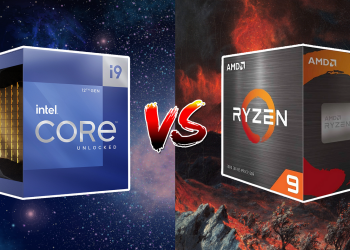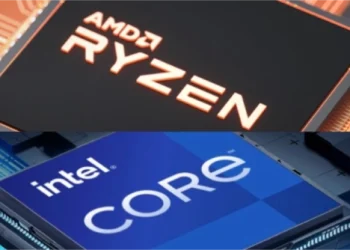AMD introduced the powerful Instinct MI100 compute accelerator based on the CDNA architecture. NVIDIA responded with updated A100
AMD and NVIDIA today unveiled new graphics solutions for high-performance computing based on artificial intelligence algorithms. And if in the case of NVIDIA we are talking about updating the already existing accelerator A100, which has increased the amount of memory and its bandwidth, then AMD presented a completely new solution in the form of the Instinct MI100 accelerator based on the new CDNA architecture.







